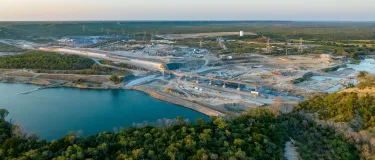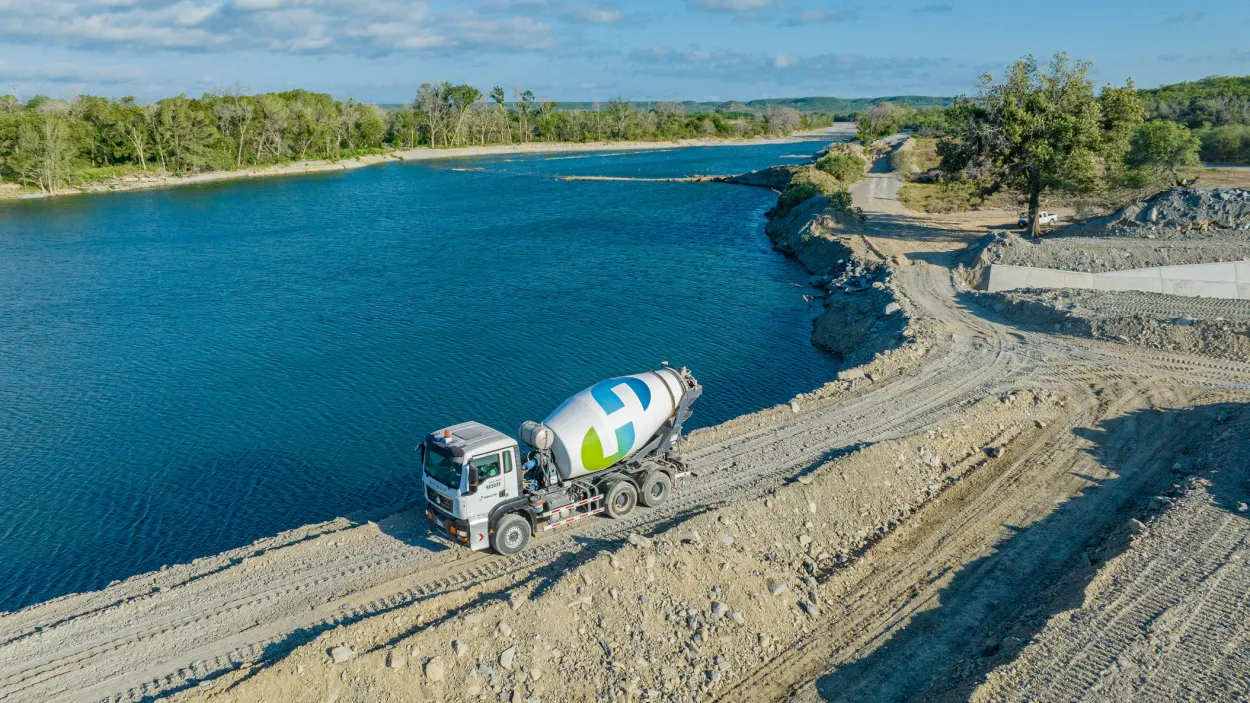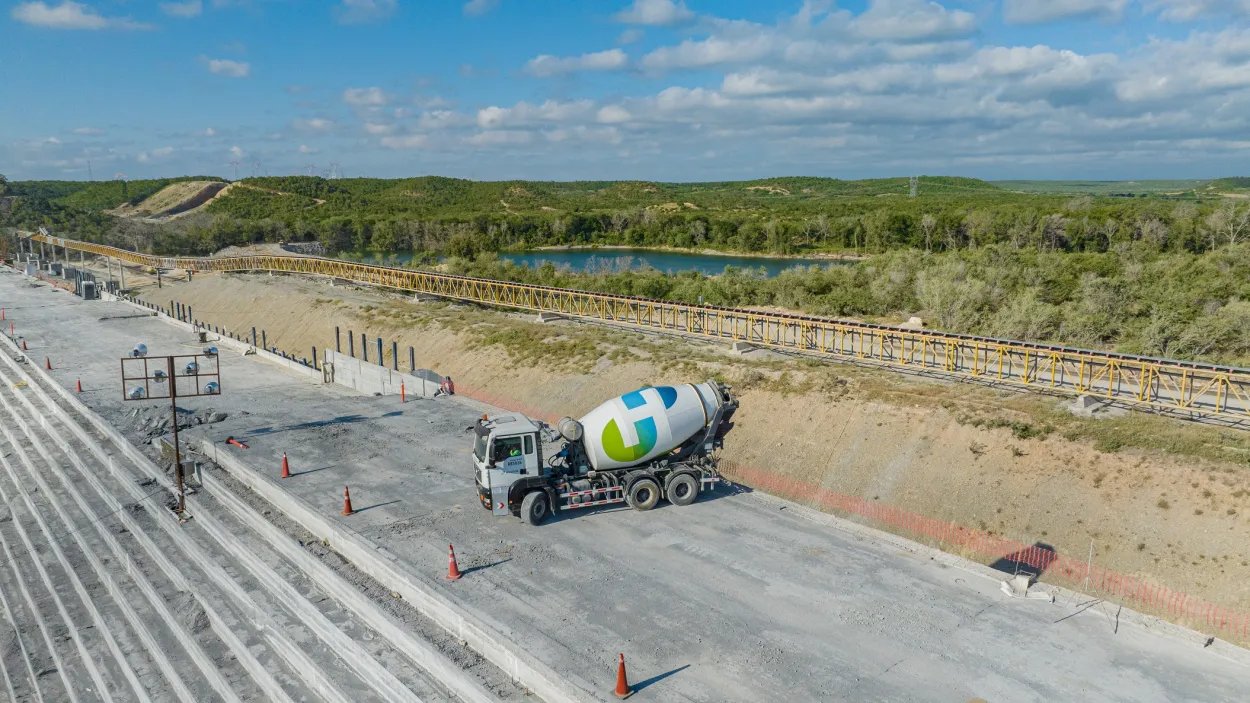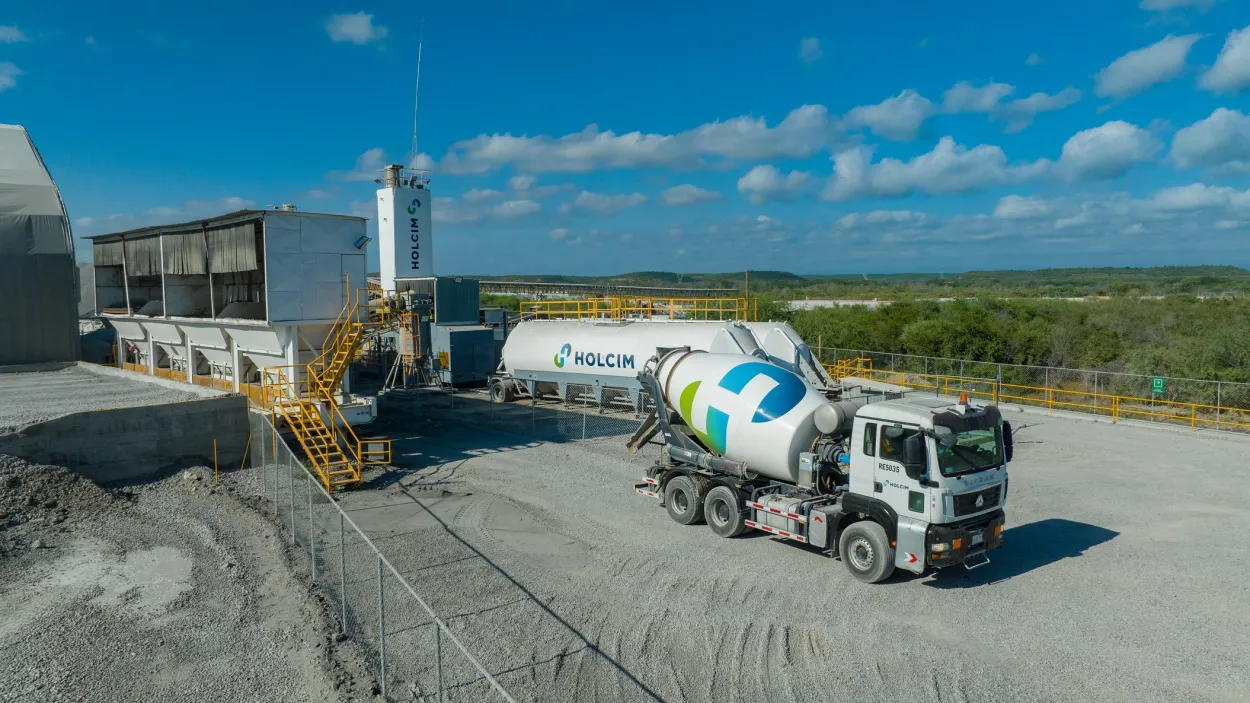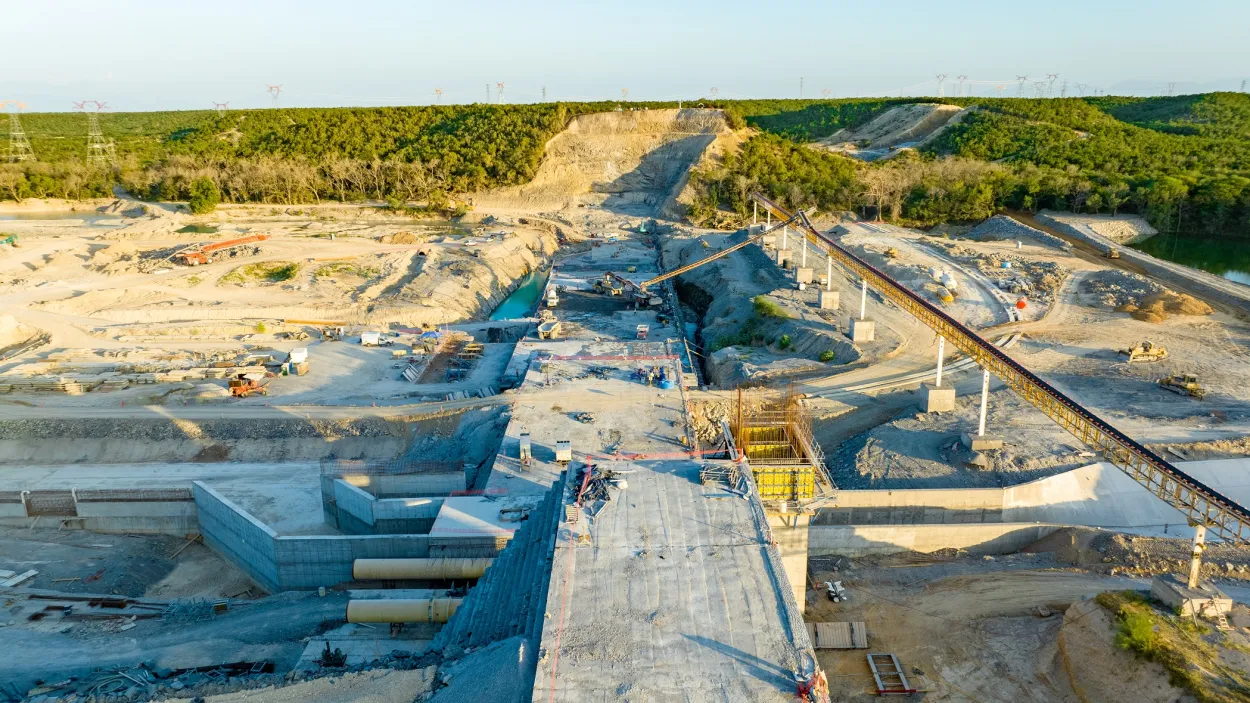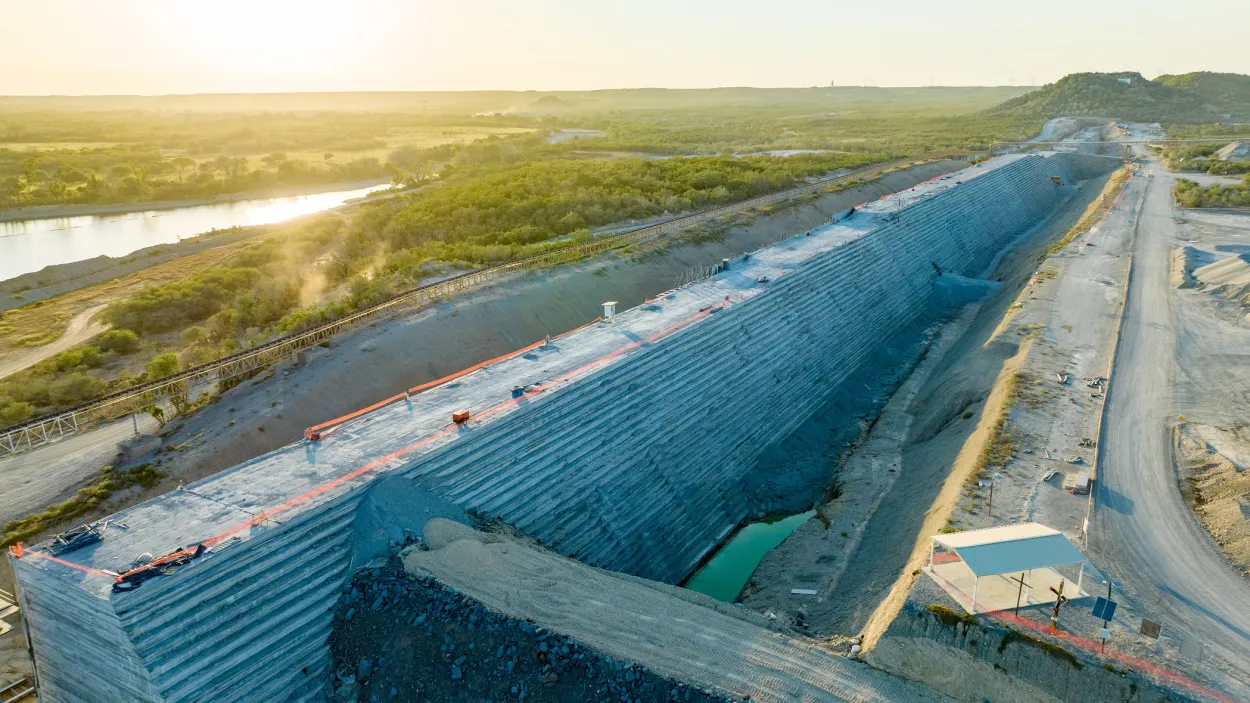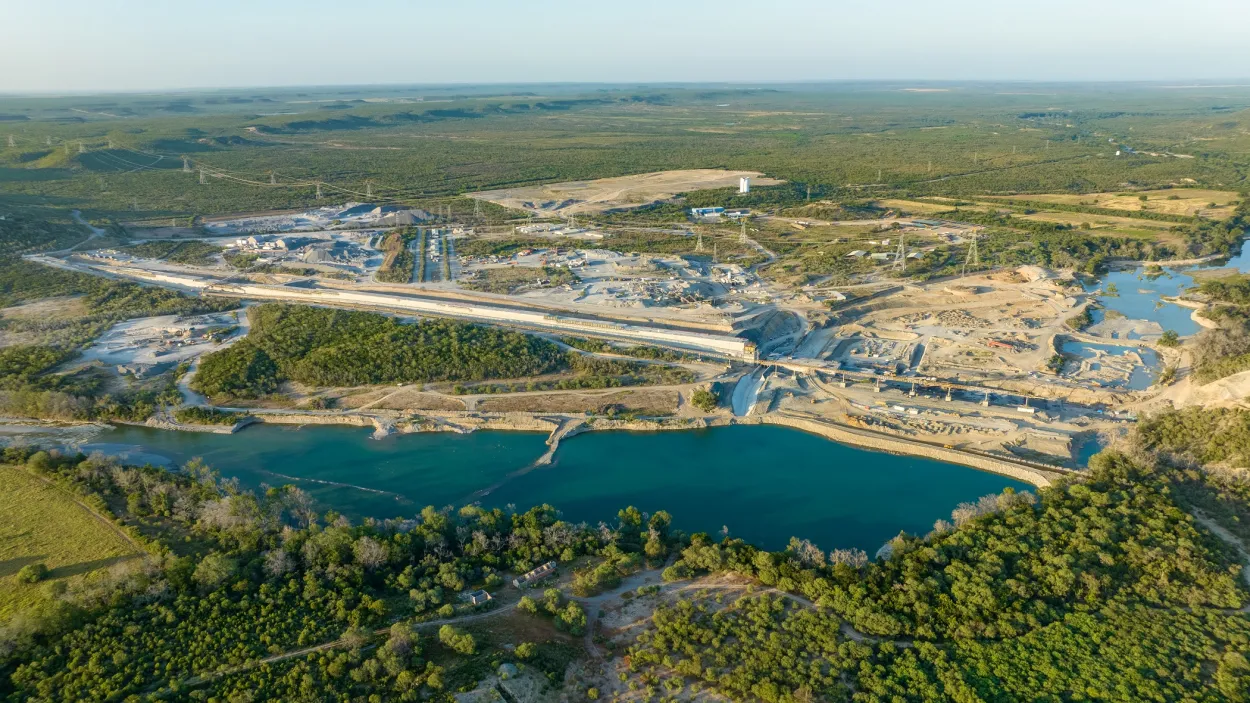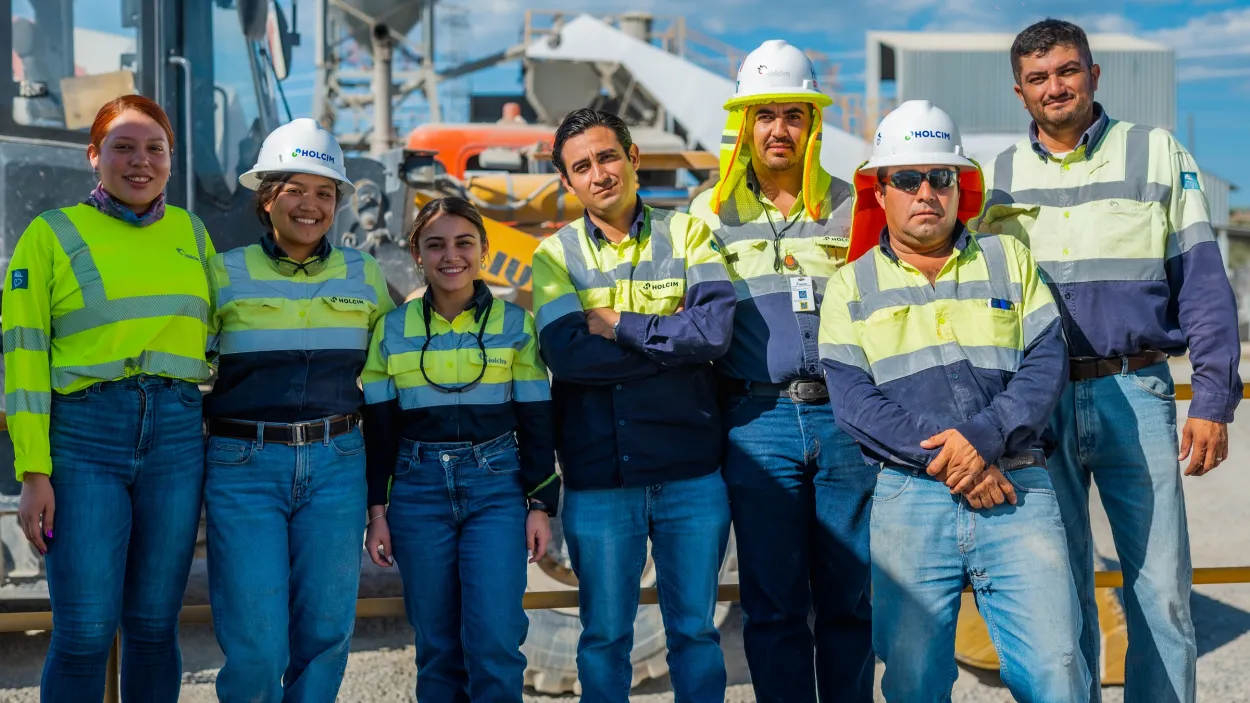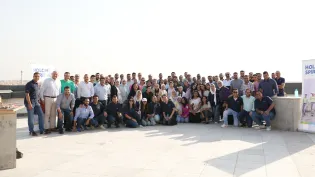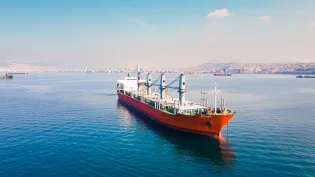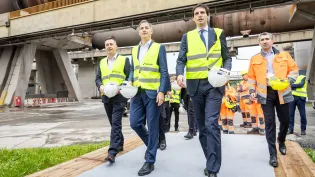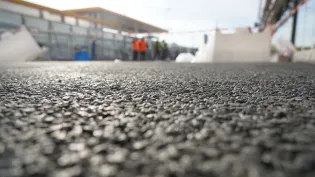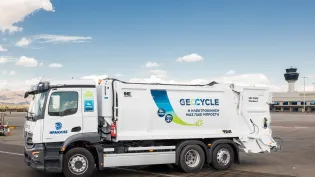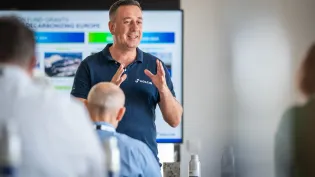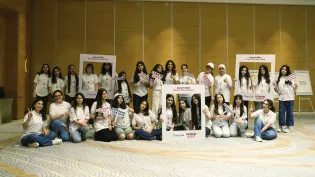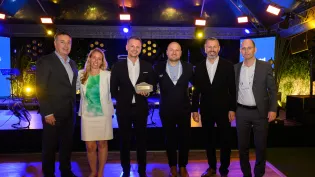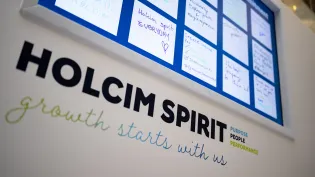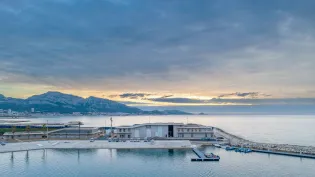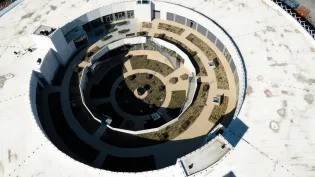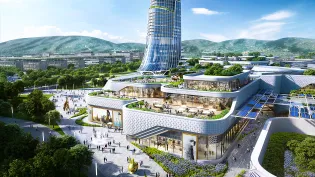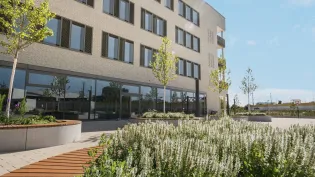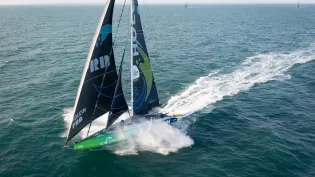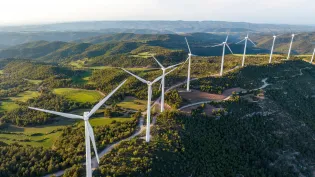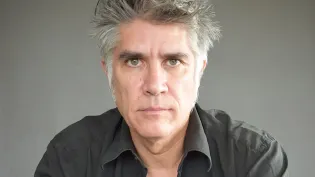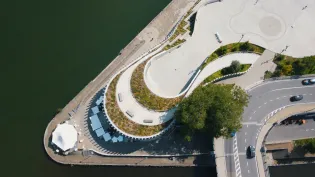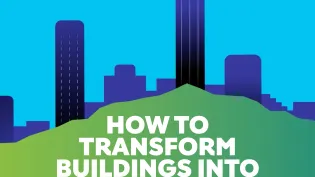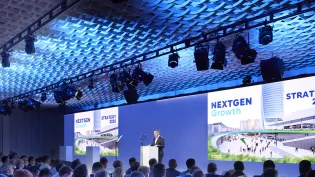Supporting “nearshoring” in Mexico with low-carbon building solutions
Corporations from Lego to Tesla are investing millions to move manufacturing capacity closer to the US market and strengthen their supply chains – a trend known as “nearshoring”. Mexico could be the Latin American nation that benefits the most from nearshoring, with the potential to attract up to $35 billion in new investment.
To support this trend, the country is experiencing a boom in the construction of manufacturing and warehousing facilities, and Mexico still needs to build more than 11 million m2 of infrastructure.
From dams to affordable housing, Holcim is providing low-carbon building solutions and products to help Mexico achieve these targets sustainably.
What’s behind “nearshoring”?
In recent years, more and more companies are looking to minimize disruptions in their supply chains. One way has been to relocate manufacturing capacity to stable locations that are closer to the destination market. For the $27 trillion US retail market, Mexico is often the first choice. This phenomenon has been dubbed "nearshoring".
Mexico shares a 3,000+ km border with the US. It also has the benefit of trade agreements such as the US-Mexico-Canada Agreement (USMCA, the successor of NAFTA), which are increasing trade flows and reinvigorating bilateral and trilateral fora in North America.
In fact, Deloitte estimates that Mexico could be the Latin American nation that benefits the most from nearshoring, with the potential to attract up to $35 billion in new investment. At the moment, there is a waiting list of approximately 400 companies that seek to relocate their production to one of Mexico’s regions.
The need for new infrastructure
To keep up with this demand, industrial developers started 70% more construction projects in 2022 than in 2021. Investments from companies such as TESLA, LEGO and UNILEVER have already been announced.
The trend is not slowing down. In 2023, the industrial sector will invest around $2.5 billion in warehouses and industrial facilities because more than 11 million m2 of the infrastructure required to support nearshoring still needs to be built. That investment is expected to grow by at least 10% annually over the next few years.
Public and private developers are also supporting long-term growth by building around 1.2 million homes, plus vital water and transport infrastructure. Total infrastructure investment is expected to reach $1.5 billion in 2023 and grow every year until 2027.
The pace and scale of such rapid growth is an enormous opportunity for the Mexican economy. However, building such ambitious infrastructure projects needs to be done sustainably in order to minimize the built environment’s impact on the environment and lower its carbon footprint.
Supporting the region’s growth sustainably
Mexico’s second largest city, Monterrey, is a short distance away from the Laredo border with the USA, with over 16,000 trucks crossing it daily. This puts the city at the center of the nearshoring trend. Developers in the region are increasingly turning to low-carbon building solutions to ensure that the region’s growth happens in a way that works for both people and the planet.
That’s why Holcim is the partner of choice for many of the construction projects in the Monterrey area, thanks to its broad range of low-carbon and smart design products. In addition, we offer digital tools to make the construction process more efficient. This gives developers a broad suite of solutions to choose from when building the region’s infrastructure and housing of tomorrow.
Here are a few examples of how Holcim is helping Monterrey and surrounding areas build better with less.
Water is an essential resource to support the levels of development that the Monterrey area is experiencing. The landmark Libertad Dam will supply much needed freshwater from the Potosí River basin to Monterrey and other cities in the Nuevo Leon region that are experiencing a boom in industrial activity.
With a height of 50 meters and a curtain of 2 kilometers in length, it will be the longest dam in Latin America upon completion. The project is exclusively using concrete from Holcim, with the low-carbon ECOPact range accounting for 90% of the concrete supplied – or 1.1 million m3 – saving some 80,000 tons of CO2, or the equivalent emissions from 10,000 homes per year.
Building a demanding infrastructure project like a dam will help local communities by improving water security. Building these projects sustainably is a priority at a time when ecological issues are becoming increasingly concerning around the world. ECOPact is the ideal solution as it provides a significant reduction of carbon dioxide emissions, contributing to our commitment to improve the environment.
Nearshoring also means Mexico needs around 1.2 million new homes in industrial areas. GP Vivienda is developing several housing projects – ranging from large affordable housing developments, to more exclusive dwellings – all across Monterrey’s metropolitan area with ECOPact, reducing CO2 emissions during the construction phase by 30%. Upon completion, the twelve development projects will provide 2,200 homes to the city’s residents.
As an architect, I understand that our industry has a great responsibility when it comes to reducing the environmental impact we have. That’s why we want to be the leaders in sustainable construction in Mexico, and Holcim’s range of low-carbon products is helping us on our journey.
We want everyone to be able to live in a dignified home. Now, with the help of ECOPact, we have the opportunity to provide people with places to live that have a much lower environmental impact, while maintaining the highest possible quality.
In the city of Saltillo, Grupo DAGS is completing the Distrito Karena development, which will include the 21-floor mixed-use Moranta Tower, the first fully ECOPact project in Mexico. Thanks to this, the project saved 1,500 tons of CO2, while Holcim’s SMARTCast digital technology optimized the concrete mix design before the pouring began for more efficient and sustainable construction.
One of the great challenges we have as developers these days is ensuring that our projects are built sustainably. Thanks to Holcim’s ECOPact concrete it is much easier to overcome this challenge and build the cities of tomorrow with a lower environmental impact.
Making green building possible at scale
On a mission to decarbonizing building, Holcim is developing innovative and sustainable building solutions to build better with less, such as ECOPact, the broadest range of low-carbon concrete.
ECOPact delivers 100% performance while offering at least 30% lower CO2 emissions compared to standard (CEM I) concrete.
In 2022, we accelerated the global roll out of ECOPact to 29 markets and globally it accounted for 13% of our total ready-mix net sales.
Across everything we do, Holcim aims to build progress for people and the planet.





